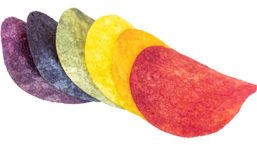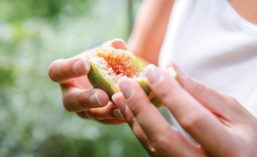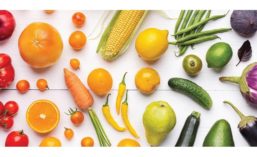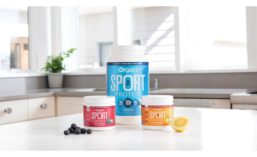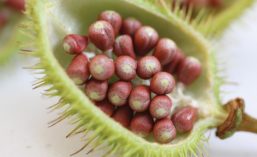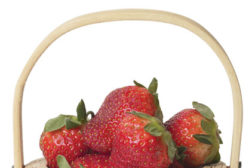Home » Keywords: » Anthocyanins
Items Tagged with 'Anthocyanins'
ARTICLES
Fresh Insights Into the Natural and Organic Markets
Health and safety, at-home cooking drives growth in organic food categories
March 10, 2021
Food Color Experts Declare Red as 2021’s Color of the Year
No food color has been subjected to efforts to “go natural” more than red
January 21, 2021
2021 Predictions: COLORINGS
Natural Colors Continue to Secure Domination in Prepared Food Products
The shift away from artificial colorants is driven almost entirely by consumer demand
December 31, 2020
HITTING THE SHELVES
New Sports Performance & Recovery Products
A look at new sports performance & recovery products making a debut in August 2020
August 7, 2020
Selecting Synthetic, Natural Colors
It's color that first tells the consumer that a food or beverage is flavorful and desirable
February 26, 2020
Better for You
2018 Botanical Trends: Nature to the Rescue
Botanicals help developers create foods that address many health concerns
March 16, 2018
Q&A with Karsten Kotte, Graceland Fruit
A food researcher’s perspective on ingredient trends
March 13, 2018
Renewed Interest in Heritage Grains
Great Grains: Heritage grains are proving to be one of the most interesting and diverse trends
March 6, 2018
